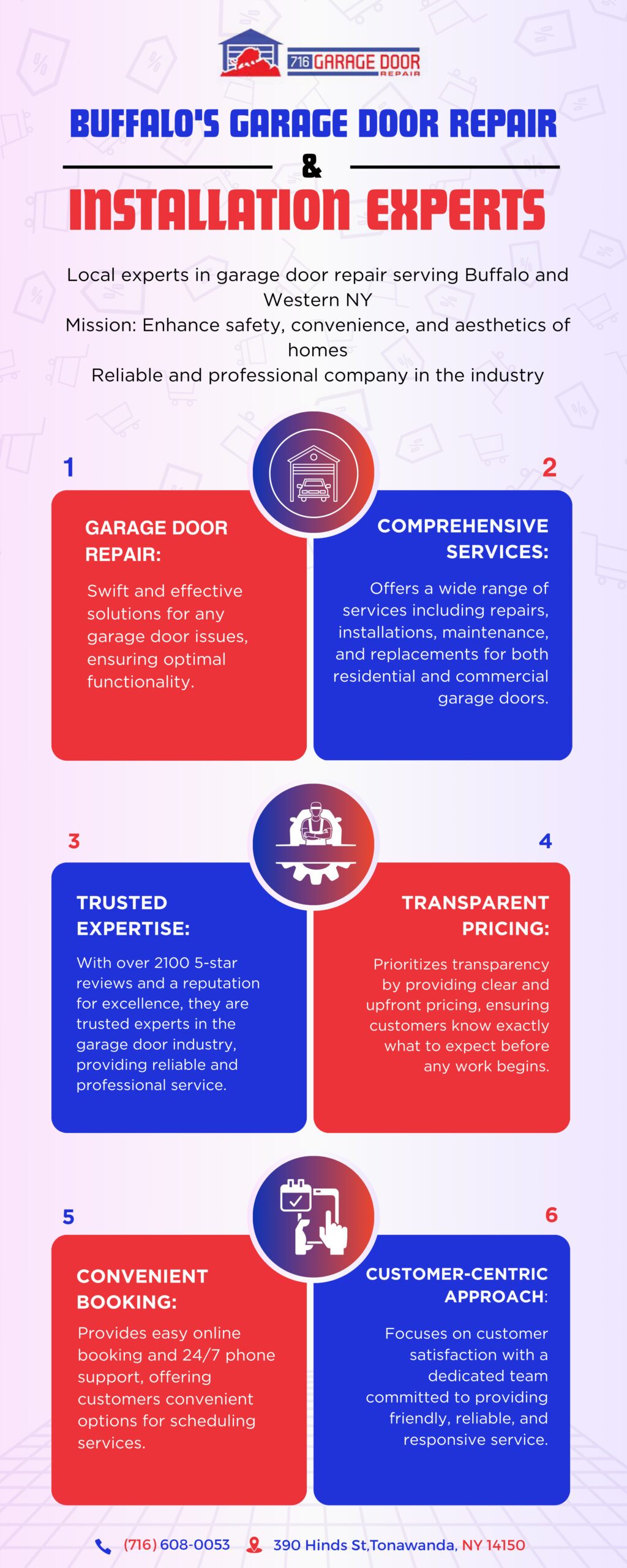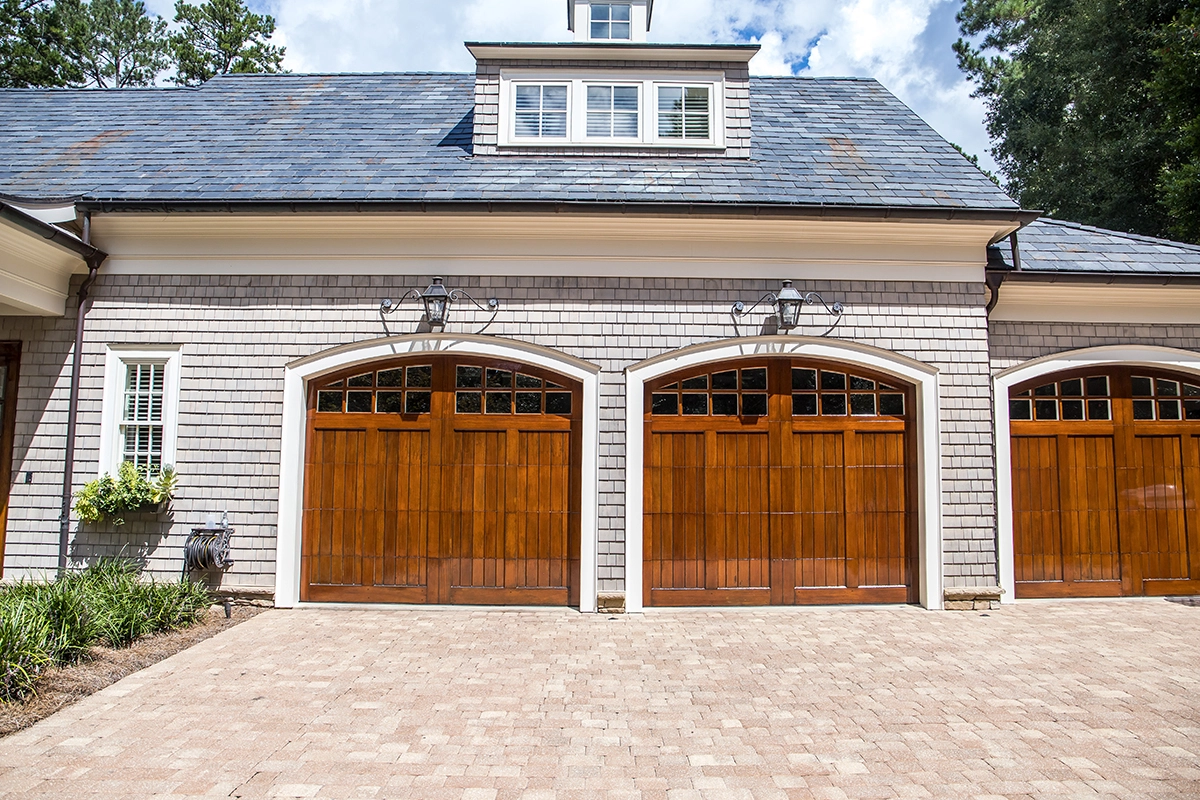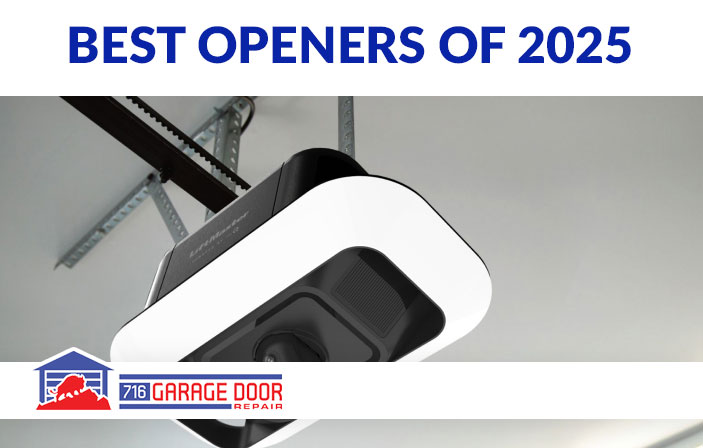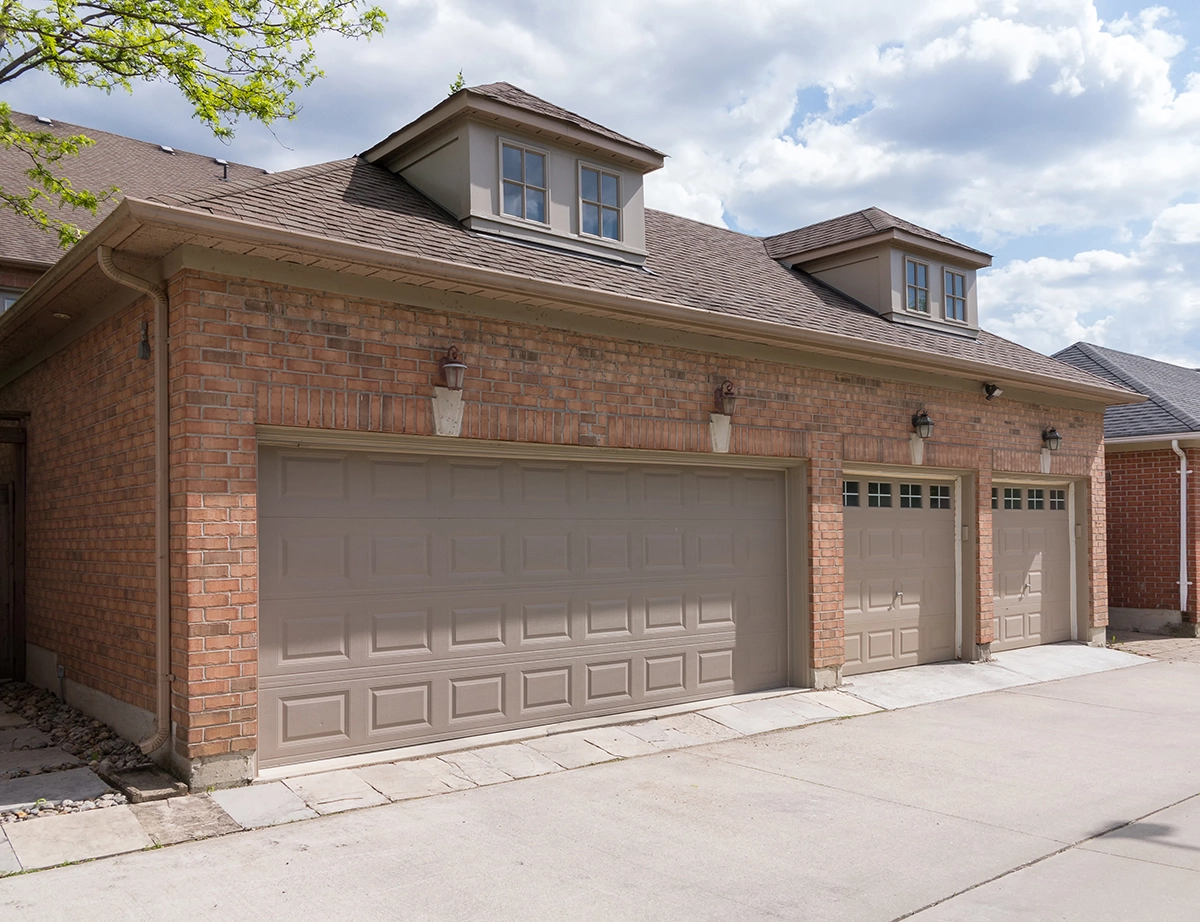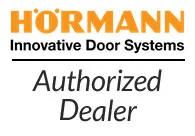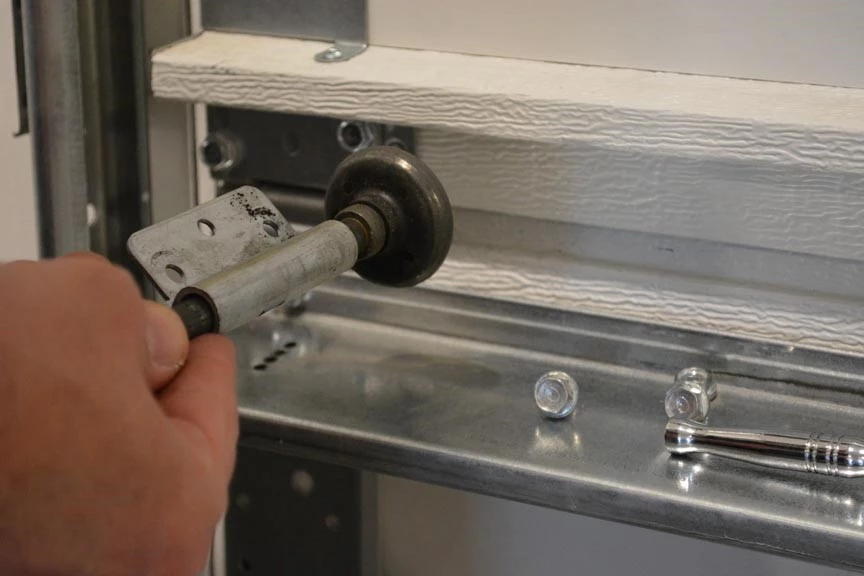
Common Garage Door Problems
As a homeowner, it’s essential to be aware of the issues that can occur with your garage door. Whether it’s a malfunctioning opener, broken springs, or an off-track door, understanding these common problems will help you address any issues that may arise.
What You Need to Know:
- Being familiar with common garage door problems helps you diagnose and address issues.
- Malfunctioning openers, broken springs, and off-track doors are some of the common problems homeowners face.
- Regular maintenance and inspection can help prevent and identify potential garage door problems.
- It’s important to prioritize safety when conducting garage door repairs.
- Seeking professional help may be necessary for complex or extensive repairs.
Assessing the Issue
When your garage door is not functioning properly, diagnosing and troubleshooting the issue is essential. By accurately assessing the problem, you can determine the appropriate course of action for repair or replacement. In this section, we will guide you through the process of diagnosing common garage door issues and troubleshooting them effectively.
- Identify the source of the problem: Begin by identifying the specific issue with your garage door. Is it not opening or closing? Is it making unusual noises? Is it stuck or off-track? Understanding the symptoms will help narrow down the possible causes.
- Check for visible damage: Inspect the garage door visually and look for any visible signs of damage, such as broken springs, bent tracks, or worn-out cables. These visual cues can provide clues about the underlying problem.
- Test the various components: Your garage door system comprises several components, including the opener, sensors, tracks, rollers, and springs. Test each of these components individually to determine if they are functioning properly. This will help identify the specific area where the issue lies.
- Refer to the owner’s manual: If you have the owner’s manual for your garage door system, consult it for troubleshooting instructions specific to your model. The manual can provide valuable insights and troubleshooting tips.
By following these steps, you can assess the issue with your garage door accurately. However, please note that complex issues or those requiring technical expertise may need professional assistance.
Safety Precautions
When it comes to working on or around garage doors, safety should always be a top priority. Garage doors can be heavy and operate under tension, posing potential risks if not handled correctly. To ensure a smooth and accident-free garage door repair process, it’s essential to follow important safety precautions. Here are some guidelines to keep in mind:
- Wear appropriate protective gear: Before starting any repairs, make sure to wear safety goggles, gloves, and sturdy footwear to protect yourself from debris and potential injuries.
- Handle tools with care: When using tools such as wrenches or pliers, handle them responsibly and avoid using damaged or worn-out tools. Always follow the manufacturer’s instructions for safe usage.
- Avoid electrical hazards: Before working on your garage door, disconnect the power supply to prevent accidental electrical shocks. If you’re unsure about the electrical connections or wiring, it’s best to seek professional assistance.
- Maintain proper posture: Lift heavy objects, such as garage door panels or replacement parts, with your legs and not your back to avoid strains or injuries. If an object is too heavy, ask for assistance instead of attempting to lift it alone.
- Secure the door: To prevent unexpected movement, ensure that the garage door is secured in the open position before beginning any repairs or maintenance tasks. This will prevent the door from unexpectedly closing or falling while you’re working on it.
- Follow manufacturer’s instructions: When repairing or replacing specific components, refer to the manufacturer’s instructions for guidance. Different garage doors may have unique safety considerations, so it’s important to follow the recommended procedures.
- Know your limitations: While DIY garage door repairs can be done, it’s vital to recognize your skill level and know when to seek professional help. If you’re unsure about a repair or feel uncomfortable with the task, it’s best to hire a qualified technician.
By following these safety precautions, you can protect yourself from potential injuries and ensure a safe working environment while repairing or maintaining your garage door. Remember, your well-being always comes first.


